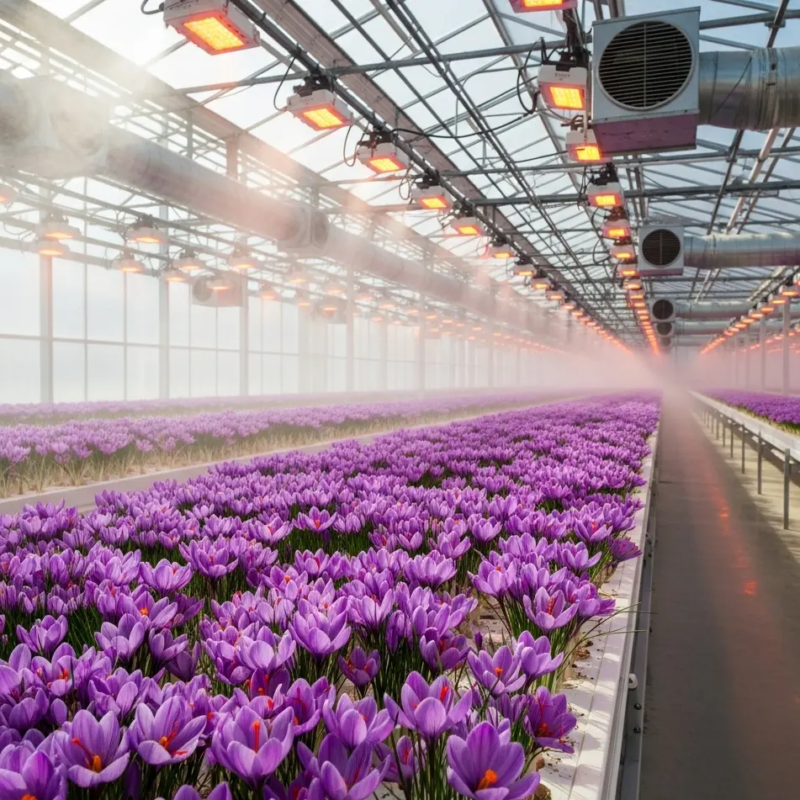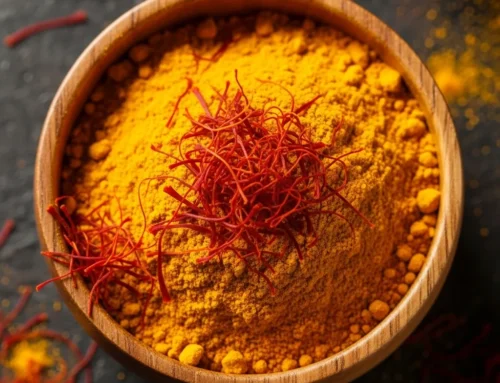Can You Grow Saffron in a Greenhouse?
Saffron, often called the “red gold,” is a delicate and valuable spice derived from the flower of *Crocus sativus*. While saffron is traditionally grown in open fields, many gardeners and commercial growers wonder if it’s possible to cultivate it in a greenhouse. The answer is yes, you can grow saffron in a greenhouse, and it offers some distinct advantages that can enhance the yield and quality of your crop.
Advantages of Growing Saffron in a Greenhouse
Greenhouses provide a controlled environment that mimics the ideal conditions for saffron’s growth. The plant thrives in regions with hot summers and cool winters. In a greenhouse, you can maintain these conditions year-round, which is helpful if you’re in a location where outdoor conditions aren’t suitable for saffron cultivation.
Temperature and Humidity Control
The key to successful saffron growth in a greenhouse is temperature control. Saffron needs warmth during the day and cooler nights to bloom properly. Maintaining a temperature range of 65-75°F (18-24°C) during the growing season is ideal. At night, temperatures should drop but not fall below freezing, as frost can damage the plants.
Sunlight and Soil Requirements
Like all plants, saffron needs plenty of sunlight. A greenhouse should allow for maximum exposure to sunlight, as saffron flowers require full sun for healthy growth. In addition, the soil must be well-drained and slightly alkaline. It’s essential to ensure proper drainage to prevent waterlogging, which could harm the plants.
Benefits of Container Planting
Using containers in a greenhouse can help control the soil composition and drainage. This method is particularly useful for saffron, as it allows you to adjust the soil conditions to suit the plant’s needs more effectively. Container planting also helps prevent root diseases and allows for easier management of the growing environment.
Extended Growing Season
One of the significant advantages of greenhouse cultivation is the ability to extend the growing season. Since saffron blooms in the fall, a greenhouse can help lengthen the blooming period, providing a longer harvest window. Additionally, by shielding the plants from extreme weather, a greenhouse reduces the risk of crop failure and ensures a higher-quality saffron yield.
Conclusion
In conclusion, growing saffron in a greenhouse is not only possible but also offers several benefits. It provides better control over temperature, humidity, and light, all of which can lead to higher yields and superior-quality saffron. Whether you’re a hobbyist or a commercial grower, greenhouse cultivation is a promising option for saffron production.
If you are looking for high-quality saffron, visit our products page to explore our selection.
We hope this information has been helpful. Should you need further assistance, feel free to contact us. Happy growing!








Get Social